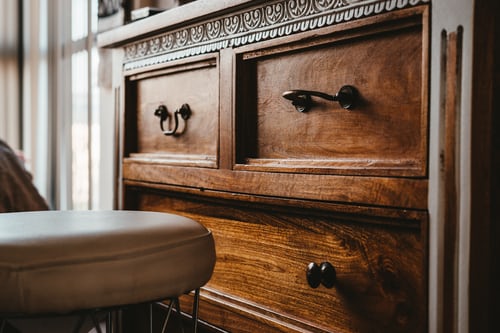Standing desks are believed to offer several potential health benefits, although it’s important to note that their effectiveness can vary from person to person. Some of the potential benefits of using a standing desk include:
- Reduced Risk of Sedentary Behavior: Prolonged sitting has been associated with various health issues, including obesity, cardiovascular disease, and musculoskeletal problems. Standing desks encourage more movement throughout the day, which can help reduce the time spent sitting and mitigate these risks.
- Improved Posture: When used correctly, standing desks can promote better posture by encouraging users to engage their core muscles and maintain a more upright position. This can help reduce the risk of developing poor posture-related issues, such as back and neck pain.
- Increased Energy and Alertness: Some people report feeling more energetic and alert when they work at a standing desk. This could be due to increased blood circulation and a more active posture.
- Potential Calorie Burn: Standing burns more calories than sitting, albeit not a significant amount. Over time, this small calorie difference can add up and potentially contribute to weight management.
- Better Blood Sugar Control: Standing after meals may help regulate blood sugar levels. A study published in the European Journal of Applied Physiology found that standing for three hours after eating led to lower post-meal blood sugar spikes compared to sitting.
- Reduced Risk of Certain Health Conditions: While more research is needed, some studies suggest that using a standing desk may lower the risk of conditions like obesity, type 2 diabetes, and cardiovascular disease.
- Enhanced Productivity: Some individuals find that they are more focused and productive while working at a standing desk. This may be attributed to increased alertness and a more active work environment.
- Customizability: Many standing desks are adjustable in height, allowing users to switch between sitting and standing positions as needed. This flexibility allows for personalized comfort and work preferences.
It’s essential to use a standing desk properly and gradually increase the amount of time spent standing to avoid overuse injuries. Additionally, it’s recommended to incorporate other ergonomic practices, such as using an anti-fatigue mat, wearing comfortable shoes, and adjusting the desk and monitor height to achieve an optimal setup.
While standing desks can offer potential health benefits, they are not a one-size-fits-all solution. Some people may find them uncomfortable or experience discomfort in their legs or feet after prolonged standing. It’s essential to listen to your body and find a balance that works for you, which may include alternating between sitting and standing throughout the day.

